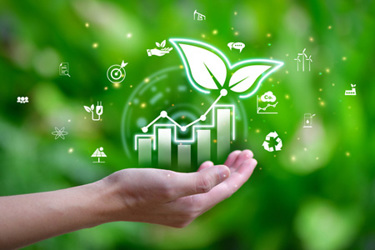Sustainability In Life Sciences: How Automation Is Driving Carbon Reduction
By Madalina Miron, Emerson

As decarbonization efforts accelerate globally, life sciences manufacturers face mounting pressure to reduce emissions without compromising product quality or availability. Energy use in primary manufacturing accounts for up to 90% of Scope 1 and 2 emissions—yet many facilities operate inefficiently, wasting energy through poorly tuned systems and outdated equipment. By leveraging automation and digitalization, companies can make meaningful progress. Smart utility management—focused on Water, Air, Gas, Electricity, and Steam (WAGES)—combined with modern sensors and analytics, enables immediate savings and operational improvements. From real-time steam trap monitoring to predictive batch analytics, scalable technologies offer fast ROI and long-term sustainability gains. Whether retrofitting or building new, automation isn’t just a tool—it’s a strategic path forward.
Explore the full white paper to learn how digital transformation is driving sustainability across life sciences.
Get unlimited access to:
Enter your credentials below to log in. Not yet a member of Bioprocess Online? Subscribe today.
